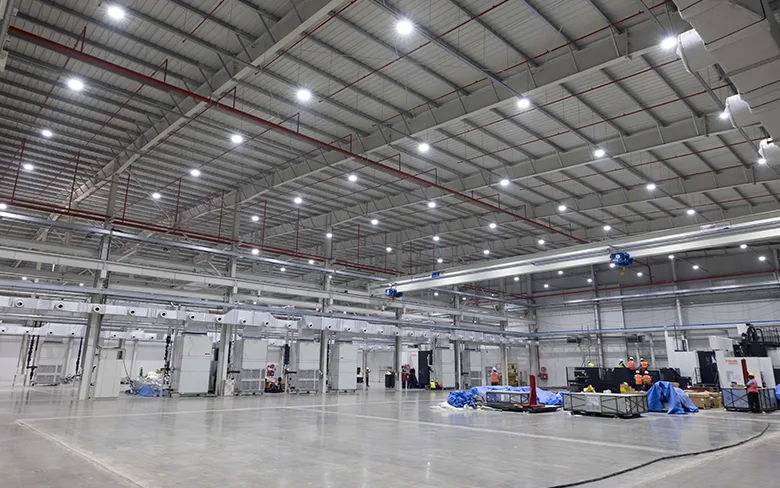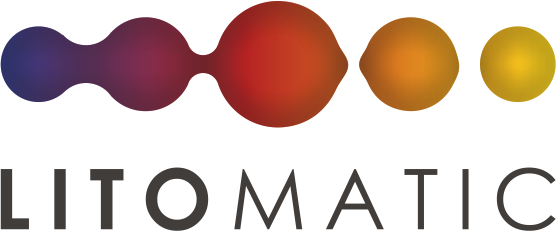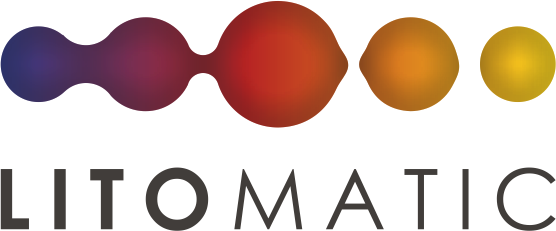
The Importance of Quality in LED Lighting
In the modern world, LED lighting has become a cornerstone of both residential and commercial spaces, revolutionizing the way we illuminate our environments. As an industry leader in LED lighting manufacturing, we understand the significance of quality in LED products. This article delves into the importance of quality in LED lighting, highlighting the advantages, benefits, and essential concepts related to LED technology and lighting design.
Advantages and Benefits of LED Lights
LED lights provide several benefits compared to traditional lighting solutions. One of the primary benefits of LED lights is their energy efficiency. LEDs consume significantly less power compared to incandescent and fluorescent bulbs, resulting in lower electricity bills and reduced carbon footprint. This energy efficiency does not compromise the brightness or quality of light, making LEDs an ideal choice for various applications.
Another advantage of LED lights is their longevity. High-quality LEDs have a lifespan of up to 50,000 hours, far surpassing the lifespan of traditional bulbs. This durability means fewer replacements, less maintenance, and long-term cost savings. Additionally, LEDs are environmentally friendly as they do not contain hazardous materials like mercury, commonly found in fluorescent lights.
Understanding Correlated Color Temperature (CCT) in Lighting
A crucial aspect of LED lighting quality is the Correlated Color Temperature (CCT). CCT, or Correlated Color Temperature, indicates the color appearance of light emitted by a source and is measured in Kelvin (K). Different CCT values create different lighting atmospheres. For instance, a lower CCT (2700K-3000K) produces a warm, cozy light suitable for residential spaces, while a higher CCT (5000K-6500K) emits a cool, daylight-like light ideal for task lighting and commercial environments.
Choosing the right CCT LED is essential for achieving the desired lighting effect and enhancing the ambiance of a space. High-quality LED manufacturers ensure their products have consistent and accurate CCT values, providing reliable and aesthetically pleasing lighting solutions.
Lighting Design Concepts
Quality LED lighting goes beyond just the light source; it encompasses thoughtful lighting design concepts. Effective lighting design involves strategically placing light fixtures to achieve optimal illumination, accentuate architectural features, and create the desired mood. High-quality LED products support diverse lighting design concepts by offering various beam angles, intensities, and dimmable options.
Incorporating advanced lighting design concepts, such as tunable and dimmable remote-controlled LED lights, allows users to customize their lighting environment to suit different activities and times of day. This flexibility is particularly valuable in spaces like offices, retail stores, and hospitality venues, where lighting needs can vary throughout the day.
Types of LED Lights
Understanding the different types of LED lights is crucial for selecting the right product for specific applications. Some common types include:
1. Architectural Lights: These LEDs are designed to enhance the aesthetic appeal of buildings and structures. Architectural lighting can highlight facades, columns, and other architectural elements, creating visually stunning effects.
2. Task Lights: These LEDs provide focused illumination for specific tasks such as reading, cooking, or working. They are commonly used in offices, kitchens, and study areas.
3. Ambient Lights: These LEDs offer general illumination, creating a comfortable and well-lit environment. They are suitable for living rooms, bedrooms, and hallways.
4. Accent Lights: These LEDs are used to highlight specific objects or areas within a space, such as artwork, sculptures, or display shelves. Accent lighting adds depth and visual interest to interiors.
Architectural Lighting
Architectural lighting plays a significant role in defining the character and functionality of spaces. High-quality LED architectural lights provide precise control over light distribution, intensity, and color, allowing designers to create unique and captivating environments. Whether it’s illuminating a grand entrance, accentuating a modern facade, or creating a cozy atmosphere in a restaurant, quality LED architectural lights elevate the overall design and experience.
Conclusion
The importance of quality in LED lighting cannot be overstated. From the numerous advantages and benefits of LED lights to the critical role of CCT in lighting and the implementation of advanced lighting design concepts, quality LED products are essential for achieving optimal illumination and enhancing the aesthetic appeal of spaces. As a leading LED lighting manufacturer, we are committed to delivering high-quality, reliable, and innovative LED solutions that meet the diverse needs of our customers.
Investing in quality LED lighting not only ensures superior performance and longevity but also contributes to energy efficiency and environmental sustainability. Choose quality, choose excellence, and let our LED lighting solutions illuminate your world.

